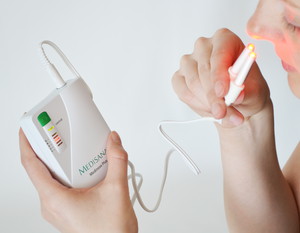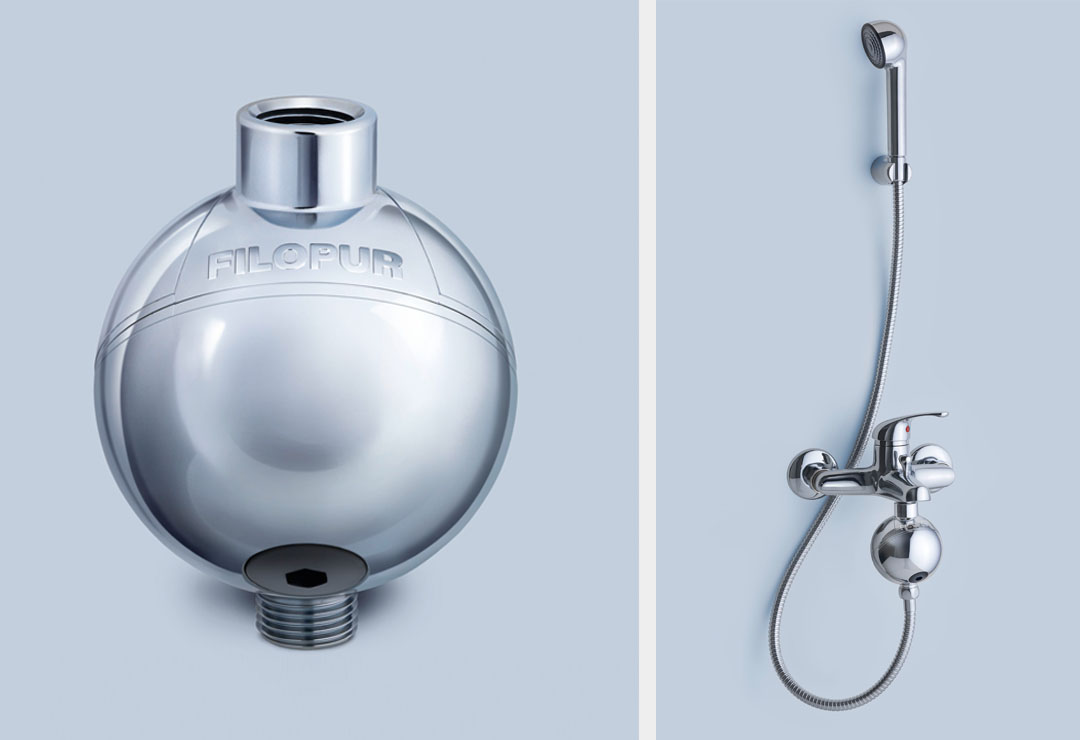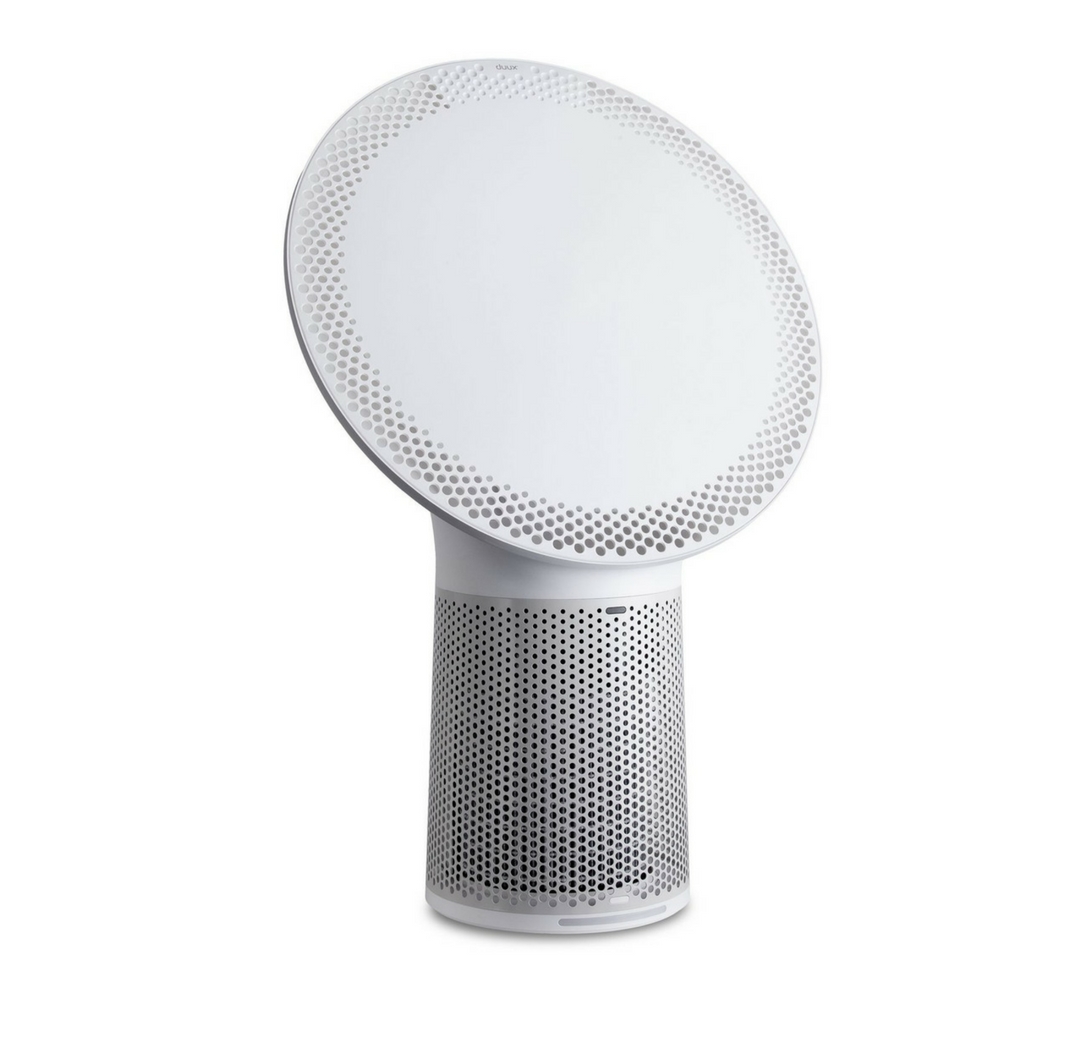Respiratory: Reaction to inhaled allergens can range from stuffy or runny nose, itchy and watery eyes to coughing, bronchitis and asthma. These symptoms can be accompanied by headache, fatigue and in extreme cases fever and flulike body aches.
Skin: Rashes and hives generally follow topical exposure to allergens. The condition can present as hot, red, itchy or stinging skin that can last a few minutes, or in extreme cases large red welts that are extremely painful and may persist for days or even weeks.
Cardiovascular, intestinal: Ingestion of allergens can prove fatal in the extreme. Symptoms range from constricted breathing (the airway begins to close) to rapid heart rate and extreme change in blood pressure to intestinal cramping, gas and diarrhea.
Some allergy sufferers experience delayed reactions to the allergen making diagnosis more challenging. Others have immediate and acute reactions within minutes of exposure. In either case the allergic response will generally become more severe with each subsequent exposure, therefore it is critical to know and avoid the cause and be prepared to treat the allergic onset without delay.
Let's take a look at the most common types of allergies as documented by European health studies:
Grasses, Tree and flower pollens: Grasses produce a particularly inflammatory family of pollens known as Pooideae. Flower and tree species vary geographically, but their prolific pollen production is second only to grasses as a cause of allergic distress. The pollens are released into the air and attach to dust, dirt and microscopic organisms that enter the body through the nose and sinuses.
Dog or cat: Dander is the waste produced by microscopic parasites that live on the skin and consume the dead skin cells that accumulate on the surface of the skin. This matter is trapped in fabric and carpeting and is routinely released into the environment through petting and brushing your pets, vacuuming, and other normal activities.
Insect bites and stings: Reactions can vary from localized itching, swelling and discoloration to respiratory and cardiovascular failure. Bees, wasps and yellow jackets are the greatest culprits for producing life-threatening complications and individuals known to be allergic are recommended to carry emergency supplies of adrenaline.
Contact dermatitis: Perfume and cosmetics are the most common causes of contact dermatitis, which manifests as a rash or hives. Irritants can exist in laundry detergents, fabric softeners, soaps, shampoos, conditioners, lotions and makeup.
Foods: Nuts, eggs, milk and colorants are well documented for the number of emergency room visits they produce each year. Toxic exposure levels can be minute, which is why food labels are required to disclose whether prepared foods are manufactured in a facility that also processes these items due to the high possibility of cross-contamination.
Wellnessproducts > Alternative Therapies
What are the 5 most common types of allergies in Europe?Environmental allergens exist in every region of the world. The symptoms of allergic reaction varies little from one individual to the next, but generally fall into one of three reactive categories:
 Published on 17.09. by Thomas Toernell  Filopur Equator Shower Filter SU-KDF-R, CHF 235.00 Filopur Equator Shower Filter SU-KDF-R, CHF 235.00Water filter for the shower, for optimum protection of skin, hair, and bathroom surfaces |
- FREE DELIVERY (ECONOMY)
- Safe shopping: Payment with invoice, credit card, Paypal or Postfinance
- Warehouse in Switzerland (Widnau SG)


 Air purifier Duux Solair, white, for rooms up to 40 m2, CHF 249.00
Air purifier Duux Solair, white, for rooms up to 40 m2, CHF 249.00